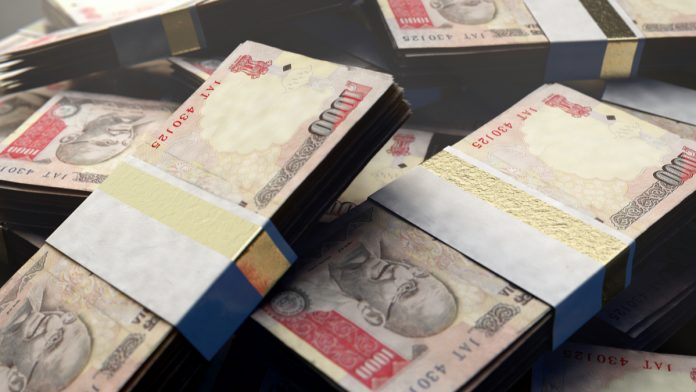- Indian Rupee (INR) slips despite rise in inflation
- India’s CPI expected to jump to 5.3%
- US Dollar (USD) edges higher in cautious trade ahead of CPI
- US CPI expected to rise 4.7% YoY
The US Dollar Indian Rupee (USD/INR) exchange rate is advancing on Thursday extending gains for a third straight session. The pair settled +0.04% on Wednesday at 72.98. At 11:00 UTC, USD/INR trades +0.12% higher at 73.06.
Indian inflation is expected to have risen in May after hitting a three month low in April. The June poll for CPI shows inflation is expected to have risen to 5.3%, up from 4.29% in April. Higher food and energy prices contributed to the rise in inflation. However, inflation remains within the Reserve Bank of India’s target range of 2% – 6% for the sixth straight month.
Inflation holding within the central bank’s target range will likely keep the RBI to focus its policies towards supporting the economic recovery from the latest covid hit. Recent GDP predictions have been downgraded as the economy stalled again as a second covid wave savaged the country.
The US Dollar is trading higher across the board. The US Dollar Index, which measures the greenback versus a basket of major currencies trades +0.1% at the time of writing at 90.20.
The US Dollar is treading cautiously higher as investors look ahead to US inflation data, as measured by the consumer price index. Analysts are expecting prices to have risen 0.4% month on month in May. On an annual basis, analysts are forecasting a 4.7% rise in prices. This would be up from April’s 4.2% print which spooked the markets last month.
A stronger than expected print for inflation could once again boost expectations that the Federal Reserve will be forced to start tapering support to the economy sooner. Following April’s data, Fed speakers were out in force reassuring that the spike in inflation is only temporary and the market bought it. The US Dollar has been trading around 5 month lows. However, another stronger than forecast print could make it harder for the Fed to defend its dovish stance.




